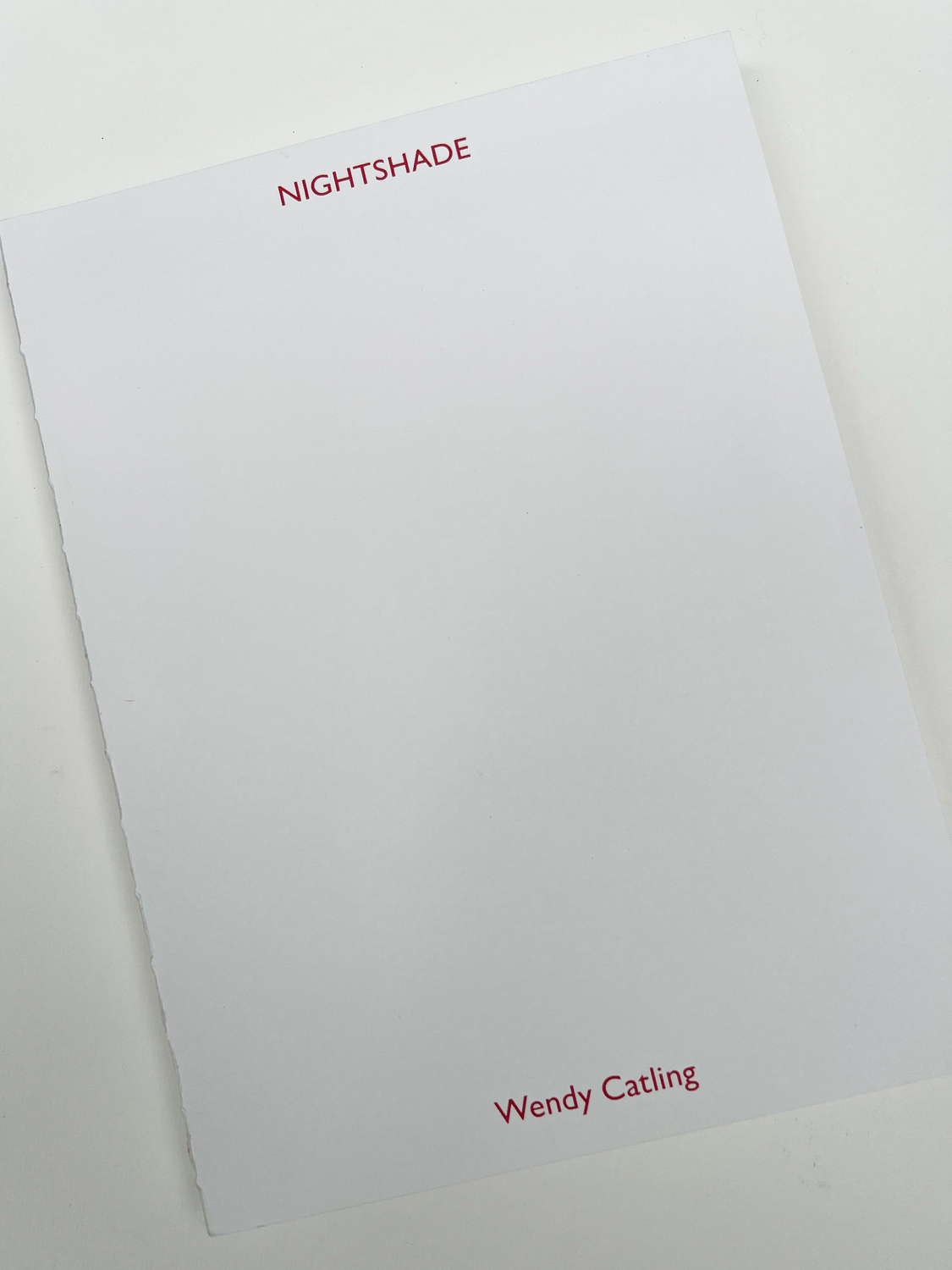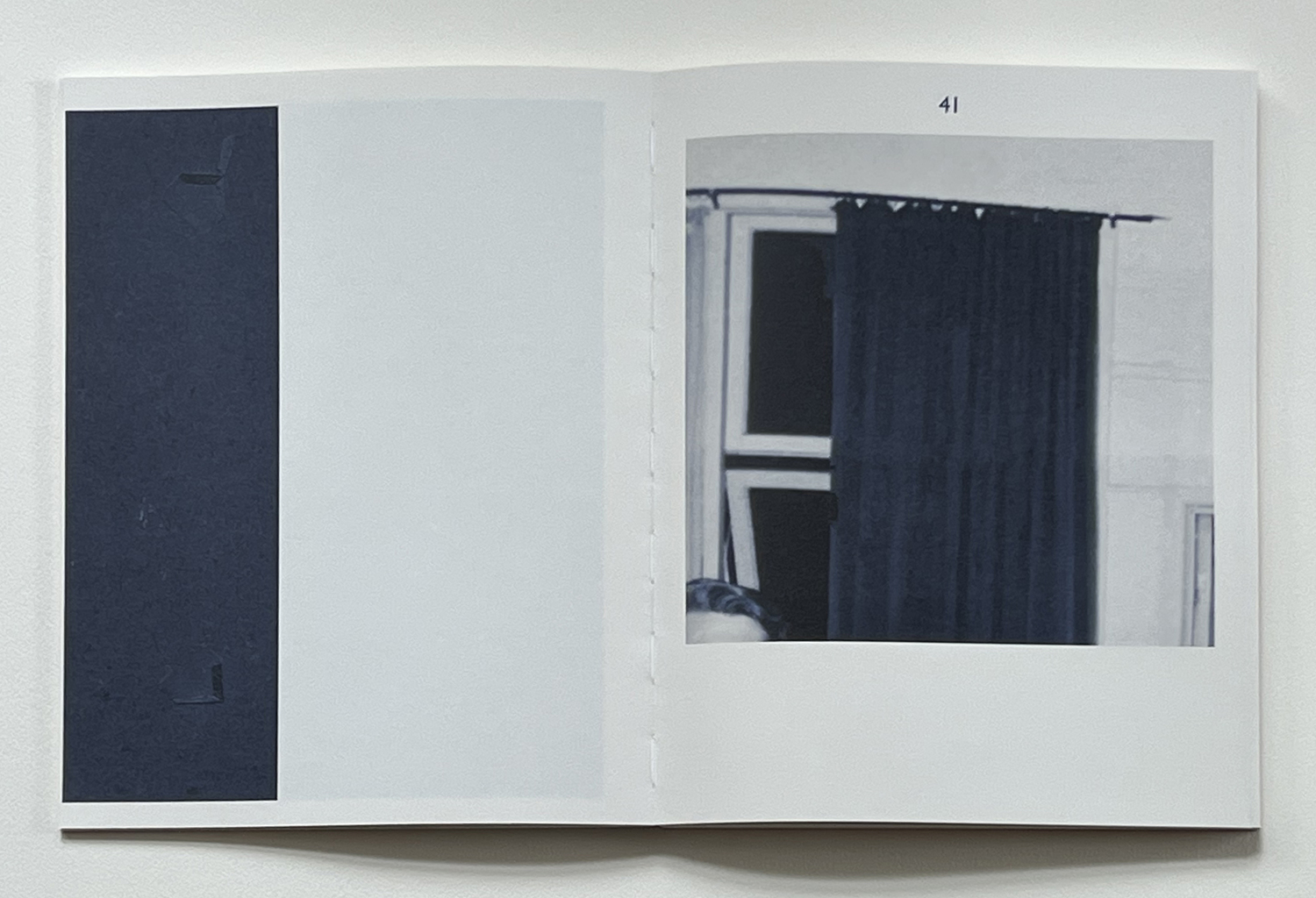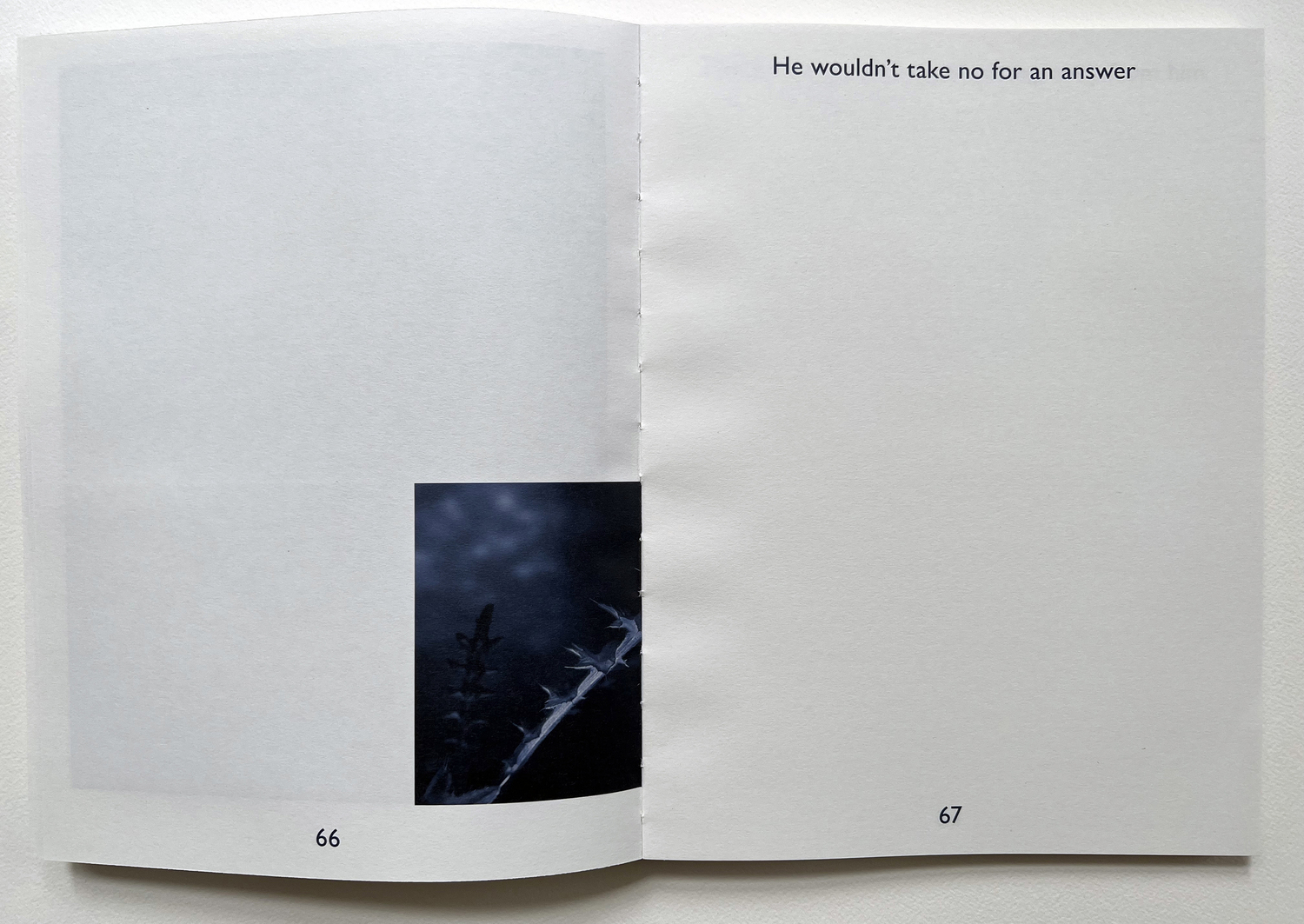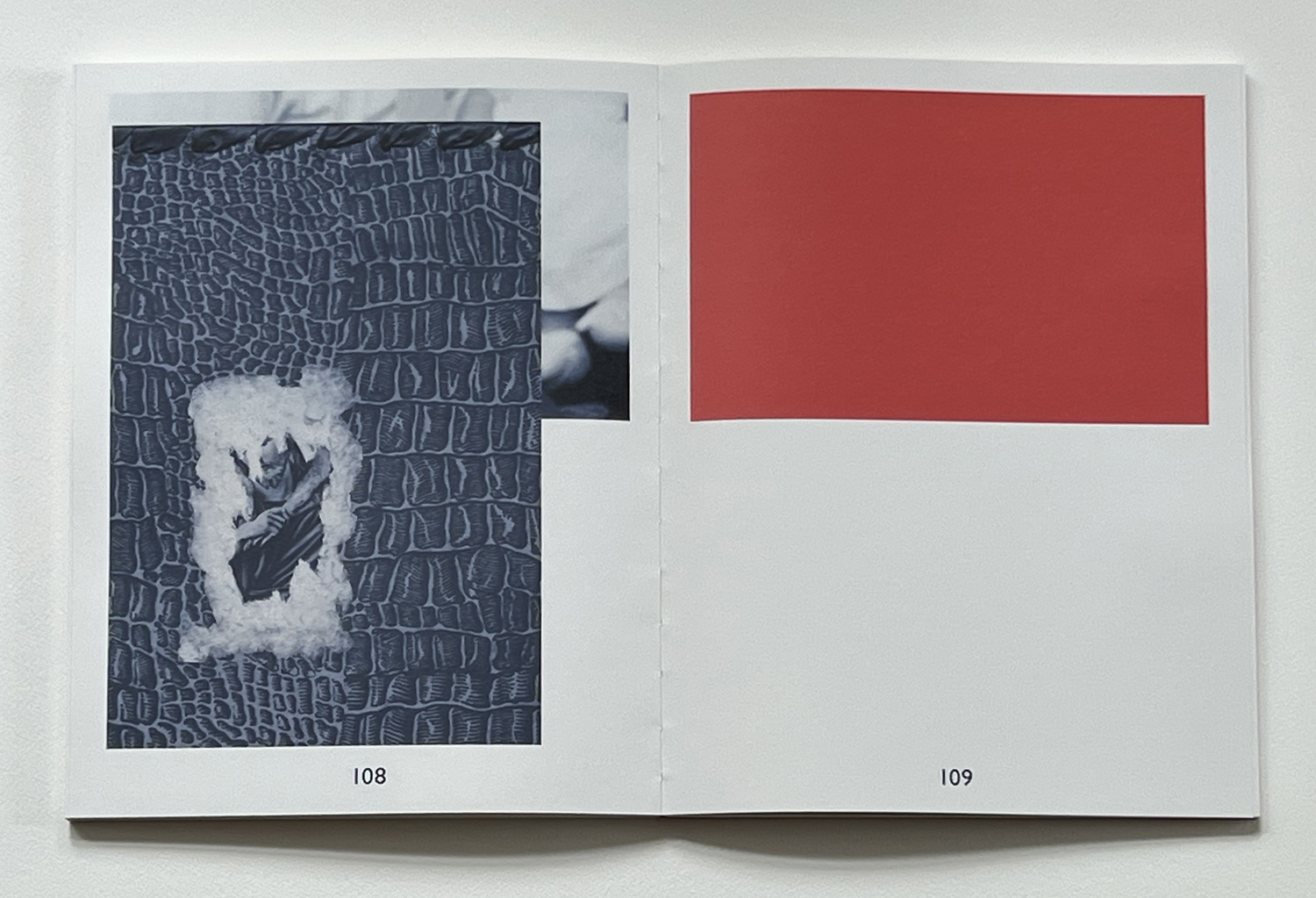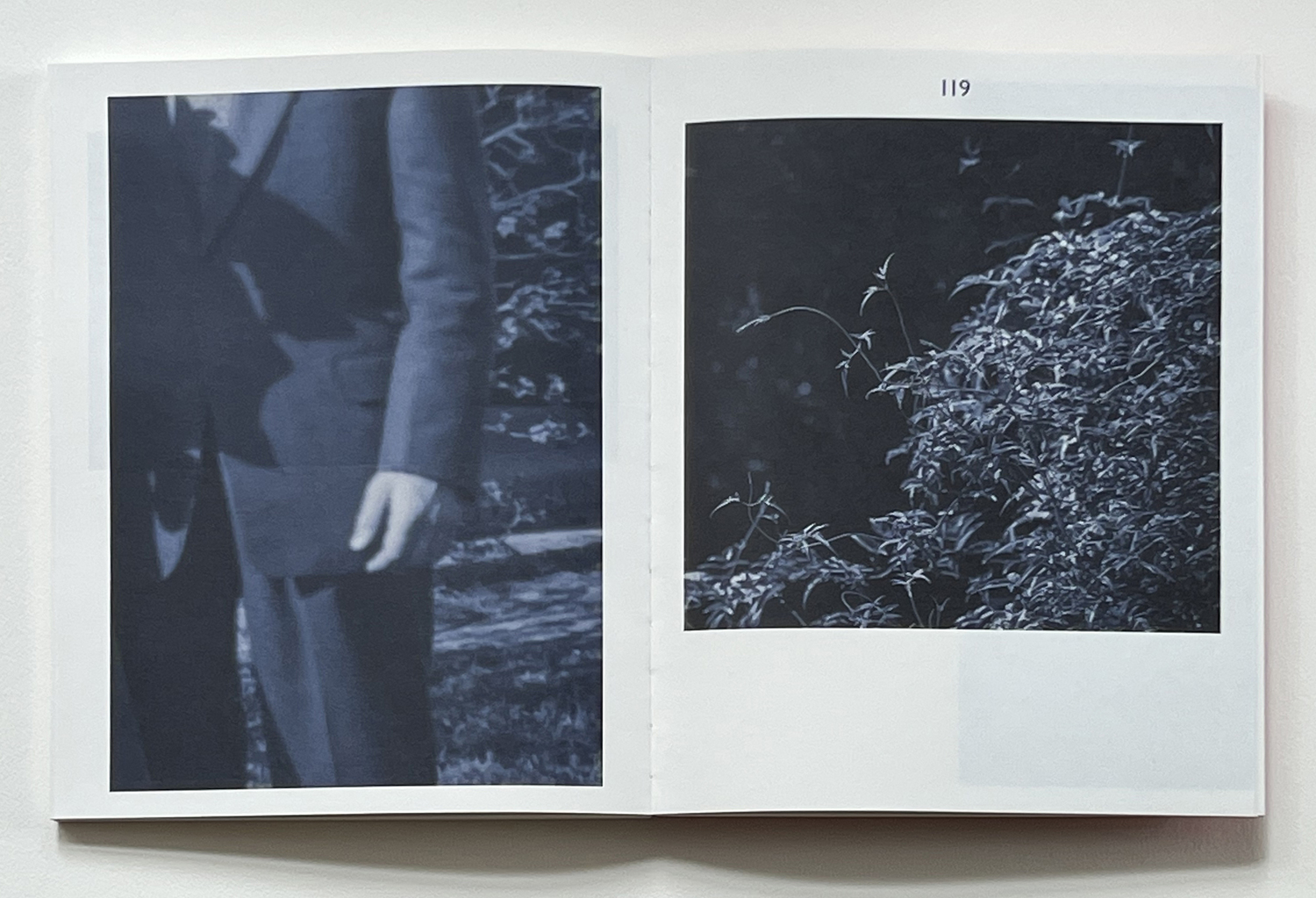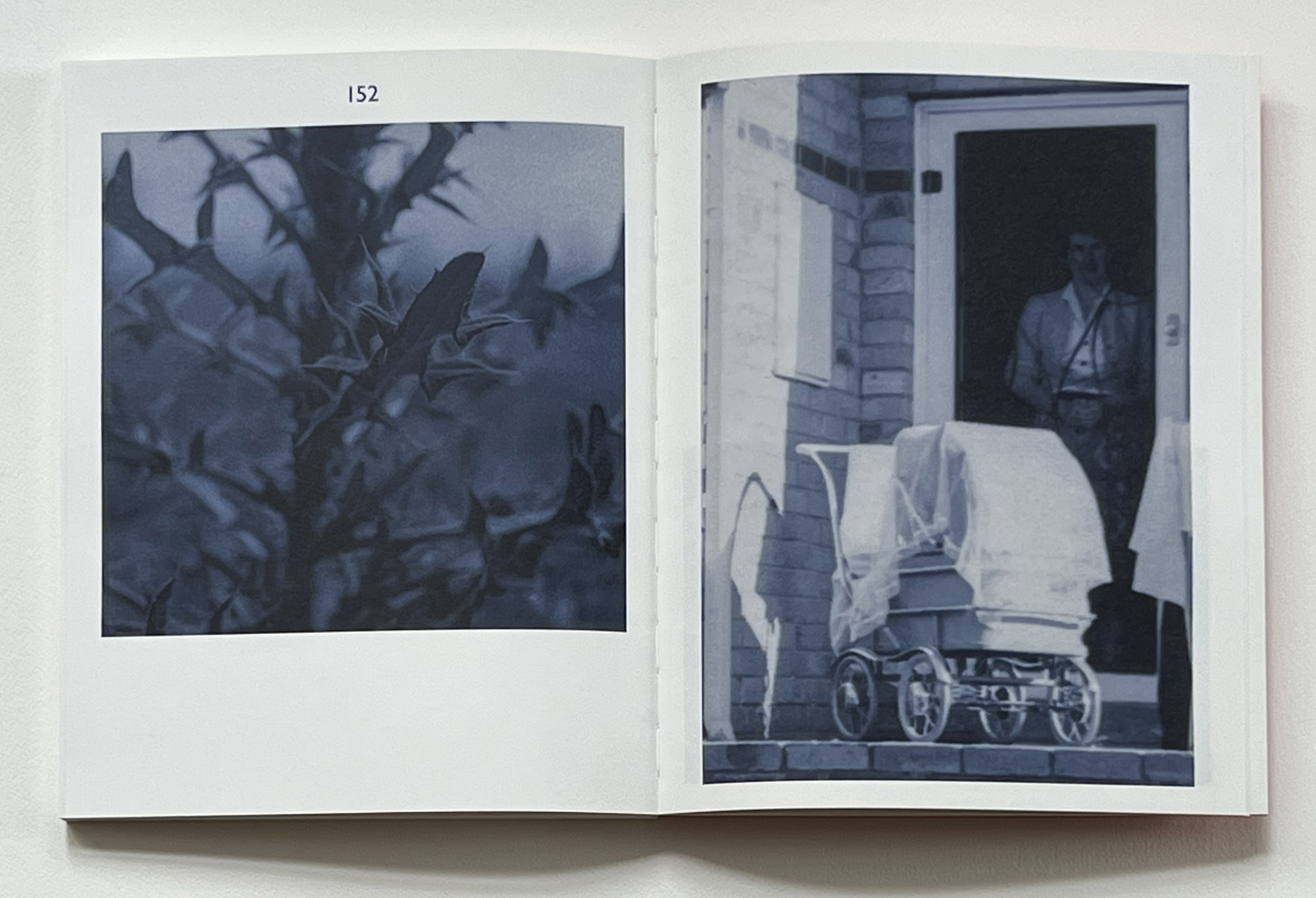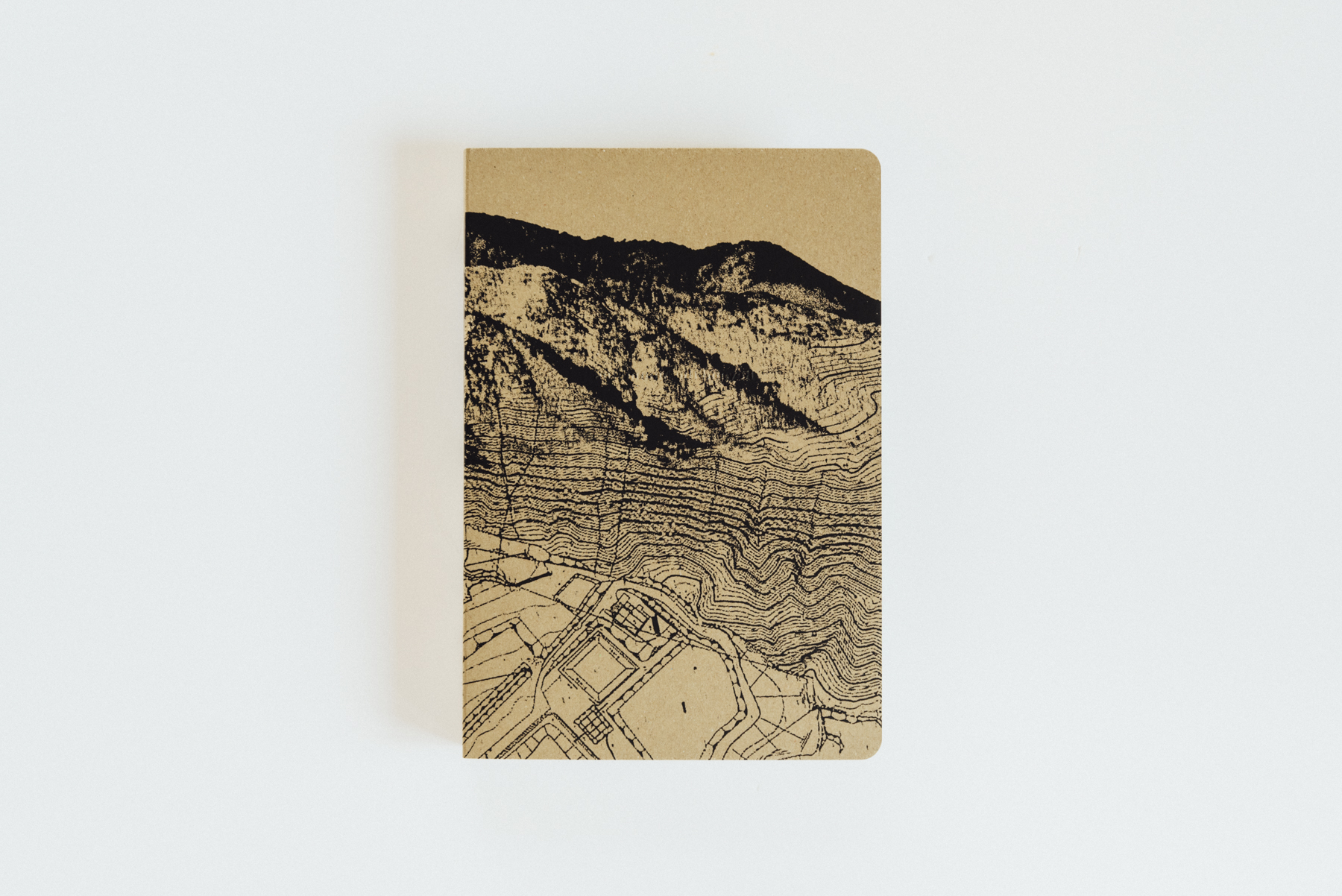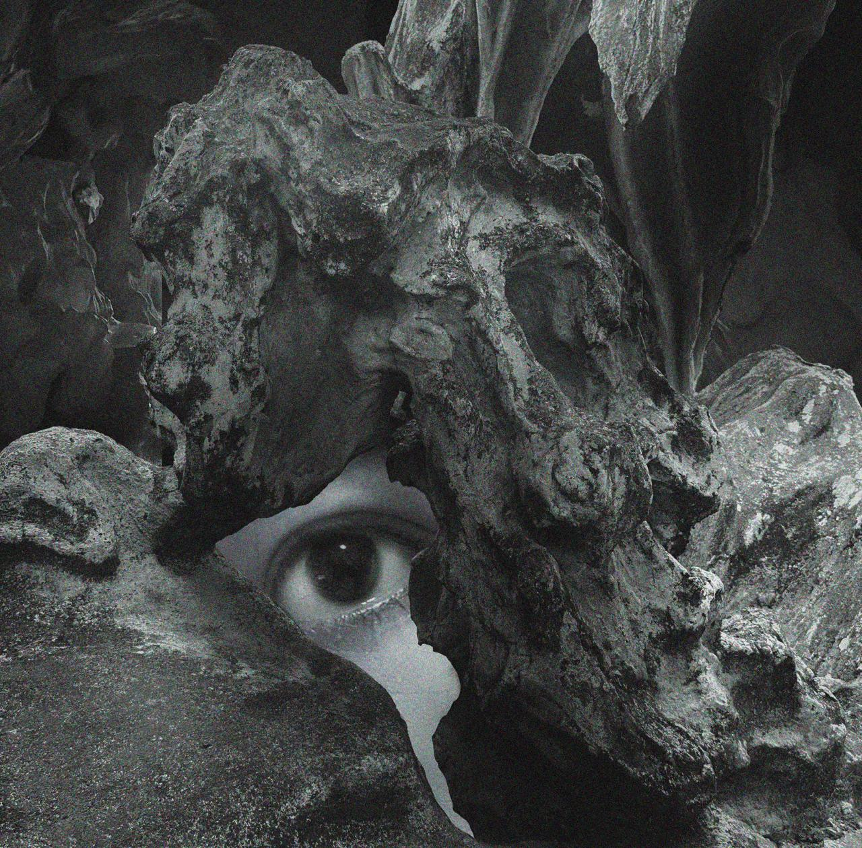“Nightshade” is a restrained and poetic exploration of a particularly difficult and confronting subject – domestic violence and coercive control. Wendy Catling examines her mother’s experiences during her 20-year relationship with Catling’s father. During this tumultuous twenty years, the artist’s mother moved house approximately ten times. The first move was to escape Catling’s father’s stalking of her; the second move was when he kidnapped her, and made her pregnant; subsequent moves after she was pressured into marriage, were due to his unstable work history. Since their separation in the 1980s followed by his death in a car accident, Catling’s mother has volunteered in outer suburban bush reserves, removing environmental weeds so as to promote the growth of native plants. She is now in her 90s and her own beautiful garden is kept scrupulously weed free.
Throughout the book Catling parallels her mother’s battle against weeds with her resistance to domestic abuse. This extraordinary publication which traverses the many addresses lived at by the artist and her parents and uses a mixture of archival and contemporary imagery interspersed with brief snatches of memories related by Catling’s mother, has been sensitively designed by Kim Mumm Hansen to form a darkly moving and compelling personal narrative with universal resonance.
“The duality of my father’s attractiveness and charm in public, and his violence and coercive control in private is manifested using the metaphor of the black nightshade which has an attractive appearance but can be toxic to consume. The black nightshade, like many other weeds, grows vigorously, inhibiting and dominating other plants. Replicating the obsessive stalking behaviour of my father, I tracked environmental weeds in our local area, and scoured the indelible shadows in our family albums. My conflicted role as traumatised witness and confidante to both my parents is intimated by relationships between archival and contemporary photographic images and documents. Ambiguities in human relationships and the photographic record are exposed in a process of repairing traumatic history.”



